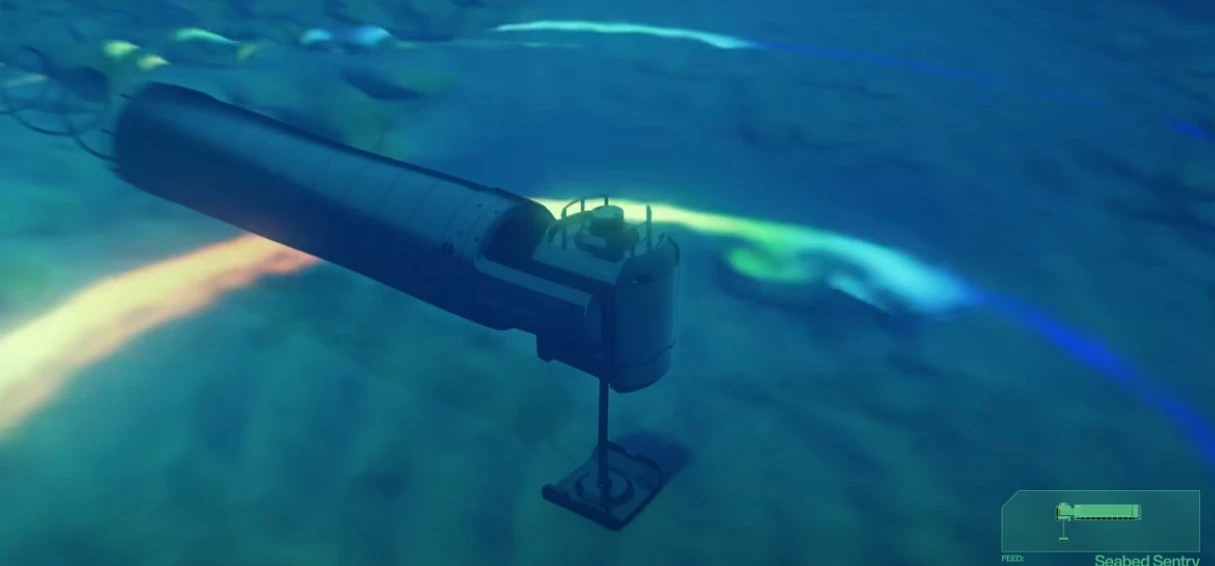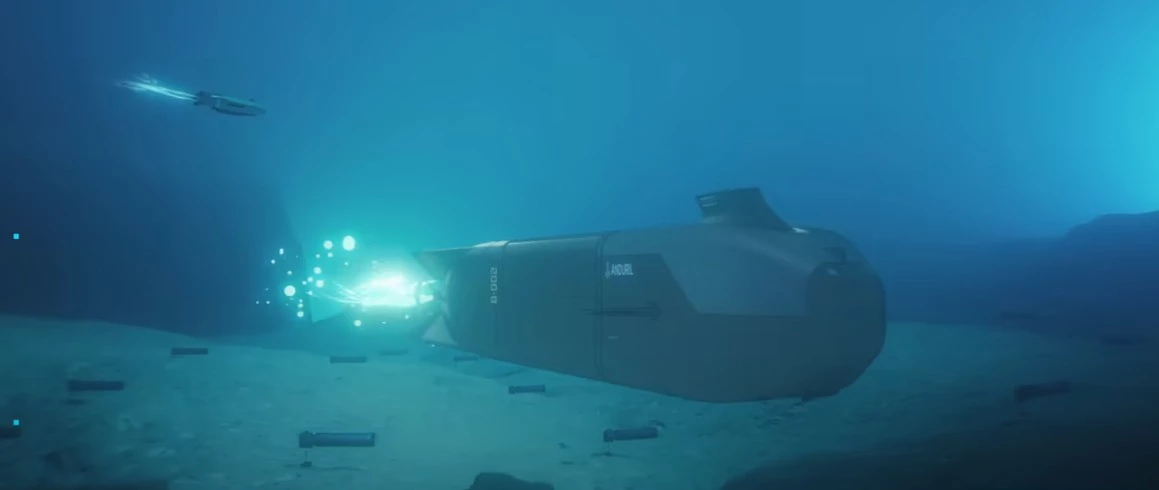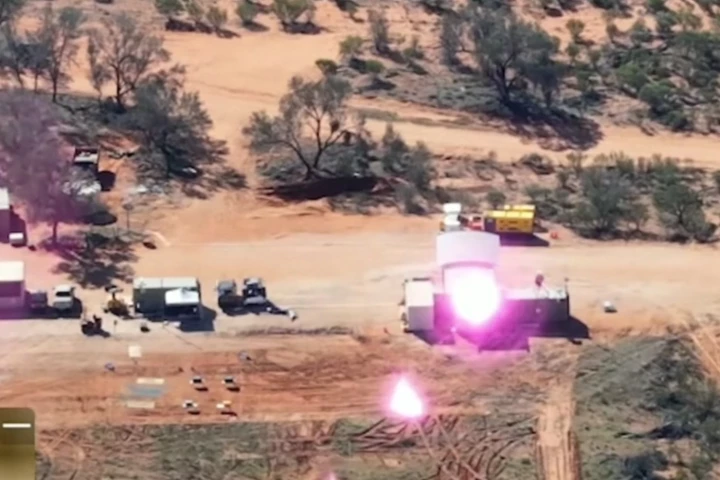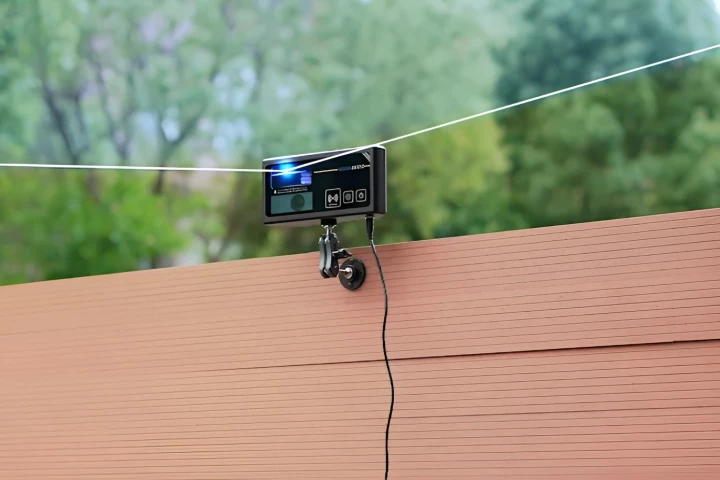The sea of tomorrow might be about as difficult to traverse stealthily as an elephant stomping through a room full of mousetraps thanks to Anduril's Seabed Sentry undersea sensor network that uses AI to autonomously track ocean traffic.
In many ways, the submarine reigns supreme among all naval assets. Not only can a single missile boat pack more firepower than all the munitions expended during the Second World War, subs also enjoy a remarkable degree of stealth. Designed to be ultra-quiet, state-of-the-art submarines can vanish once they submerge, their position unknown until they resurface.
This makes the submarine unique as both a strategic and tactical vessel that pays dividends not only during wartime, but peacetime as well. During an international crisis, a submarine can be quietly deployed unseen to a trouble-spot to act as an observer or a deterrent, then removed just as quietly. In fact, it doesn't even need to be deployed at all. Simply telling an ally or adversary that there's one on station can have the same effect.

Of course, like everything else in the defense realm, this advantage has resulted in an arms race waged over a century as navies come up with better ways to detect submarines while making their boats stealthier.
A major advance in detecting submarines, as well as other ships, came in 1954 when the US Navy began installing its SOSUS (Sound Surveillance System). This is a vast array of hydrophones connected by cables to data processing stations that listen 24 hours a day for any or all sounds in the sea. In this way, the Navy and intelligence services can detect and pinpoint, to a degree, submarine movements – especially those of older craft – shipwrecks, explosions, landslides, and many other phenomena.
Today, SOSUS is part of the larger US Integrated Undersea Surveillance System (IUSS) that includes sensor arrays towed by ships and submarines. In addition, Russia, China, Japan, Britain, India, and NATO have their own ocean surveillance systems, though none that are anywhere near as sophisticated or extensive as the American one.
However, SOSUS does have its drawbacks. For one thing, it's completely immobile and relies on a very large fixed infrastructure that includes networks of cables running to large shore-based processing facilities – all of which need to be maintained and upgraded at great cost and which are quite vulnerable to avoidance or attack. Also, SOUS is a passive listening system for detecting low-frequency submarine noise over long distances, which introduces a lot of unwanted raw data that is of no tactical value.
Anduril's Seabed Sentry system is designed as a next-generation means of augmenting SOSUS and similar systems with one that is much more flexible, intelligent, and can even include a powerful offensive capability.

Seabed Sentry consists of pressurized carbon-fiber-shelled modules with a payload space of 0.5 m³ (17.6 ft³) that can be deployed on the seabed at depths of over 500 m (1,640 ft) by Autonomous Underwater Vehicles (AUS). There they can remain unattended for months or even years, depending on how they are configured. These reusable modules or nodes differ from SOSUS in that they are discrete units with onboard computers running Anduril's Lattice AI platform that allows each one to process and interpret sensor data that they collect. They can then communicate only relevant information gathered by networked decision-making and pattern recognition to other nodes or to a buoy or robotic mothership using a low-bandwidth acoustic communications link. In turn, the buoy or mothership can surface as needed to report to headquarters via a commercial satellite network.
The idea is that these nodes can be quickly deployed where required by AUVs like Anduril's Dive-XL and then carry out surveillance and reconnaissance for anti-submarine and anti-ship warfare. In addition, they can protect infrastructure like undersea cables and pipelines, which have seen an increasing number of attacks and incidents in recent years. In more peaceful scenarios, they can do double duty as environmental monitors.
The system is also very difficult to interfere with because the nodes are hard to detect, have no cable networks, can be dispersed in random patterns from which they can be collected and redistributed, and have no central control structure. In other words, Seabed Sentry is a bit like the internet. You can degrade the entire system by knocking out individual modules, but the whole thing keeps working.

One rather hair-raising aspect of Seabed Sentry is that it's designed to integrate with other platforms. That's a polite way of saying that it can team up with offensive vessels like Dive-XL armed with Anduril's Copperhead-M line of AUV-compatible miniature smart torpedoes.
Cutting to the chase, what that means is that, unlike SOSUS, Seabed Sentry has teeth. In some future incident, a hostile fleet might steam toward a Sentry array that wasn't there a week ago. Detecting their acoustic signatures, the Sentry nodes can process the information, identify the threat, and recommend a course of action to the human commander, who can authorize a swarm of AUVs to engage the hostile with a barrage of small but deadly torpedoes. By the time the main defending force arrives, the enemy is already crippled and in retreat.
Just try not to think about being on the receiving end of such a system.
Source: Anduril





